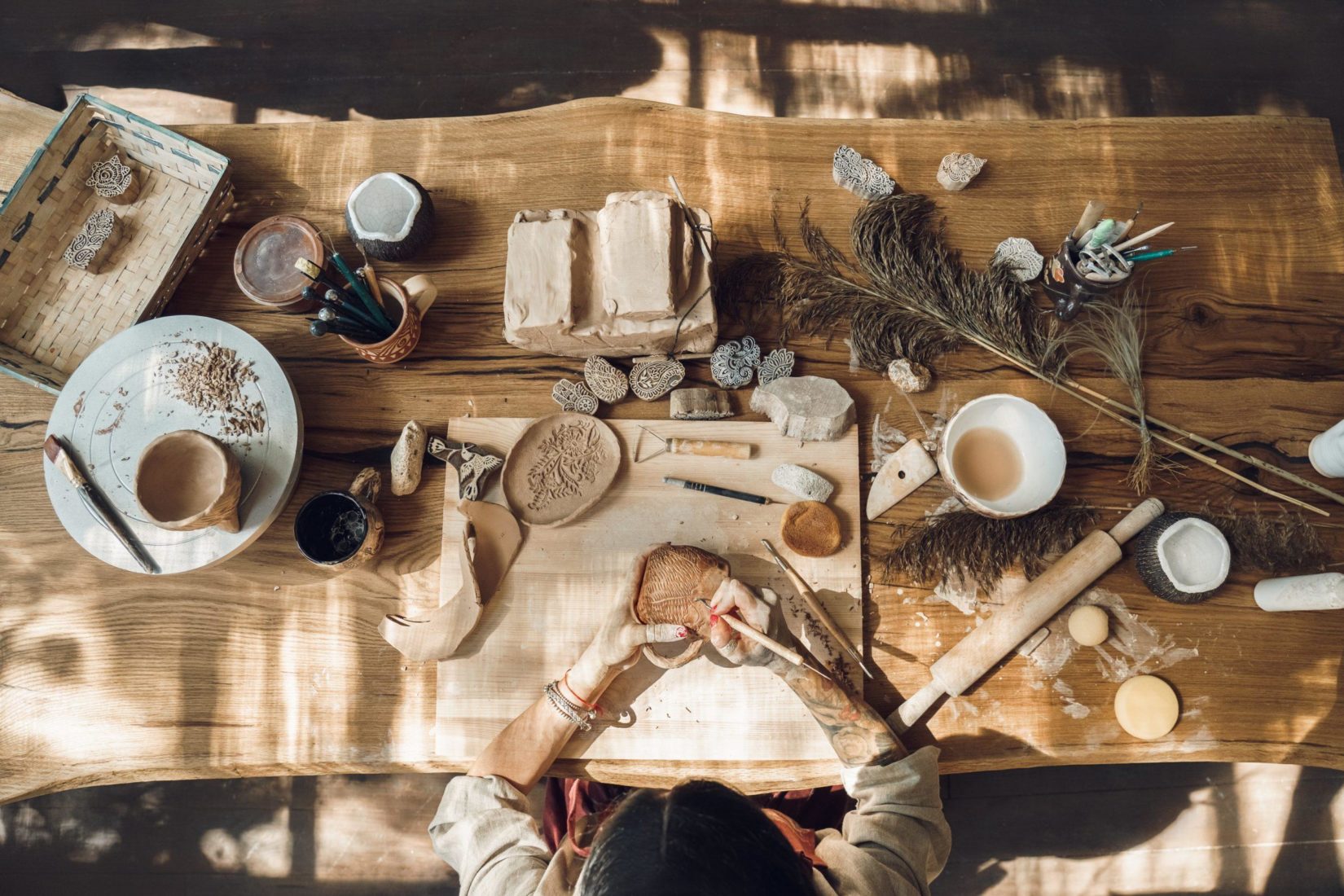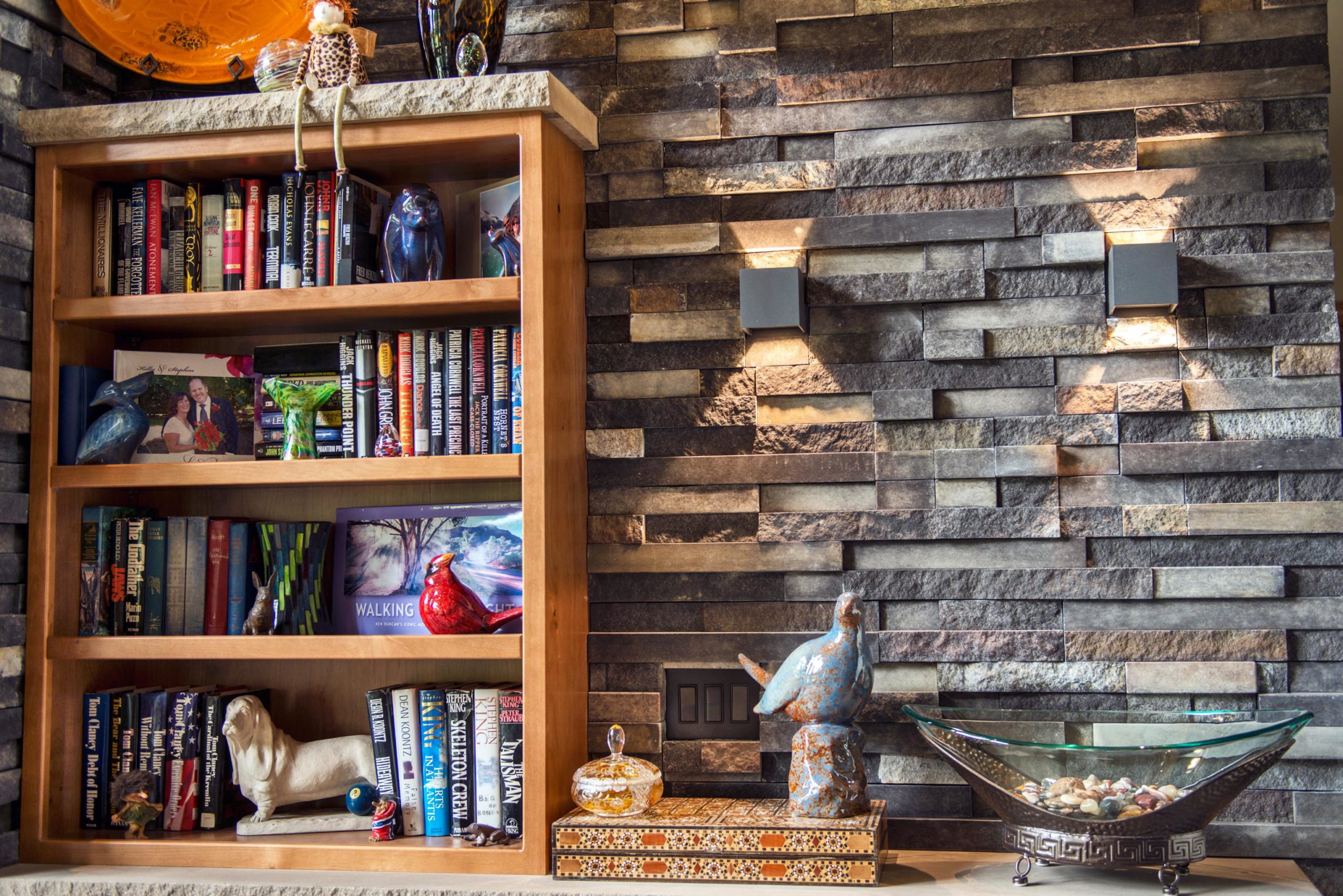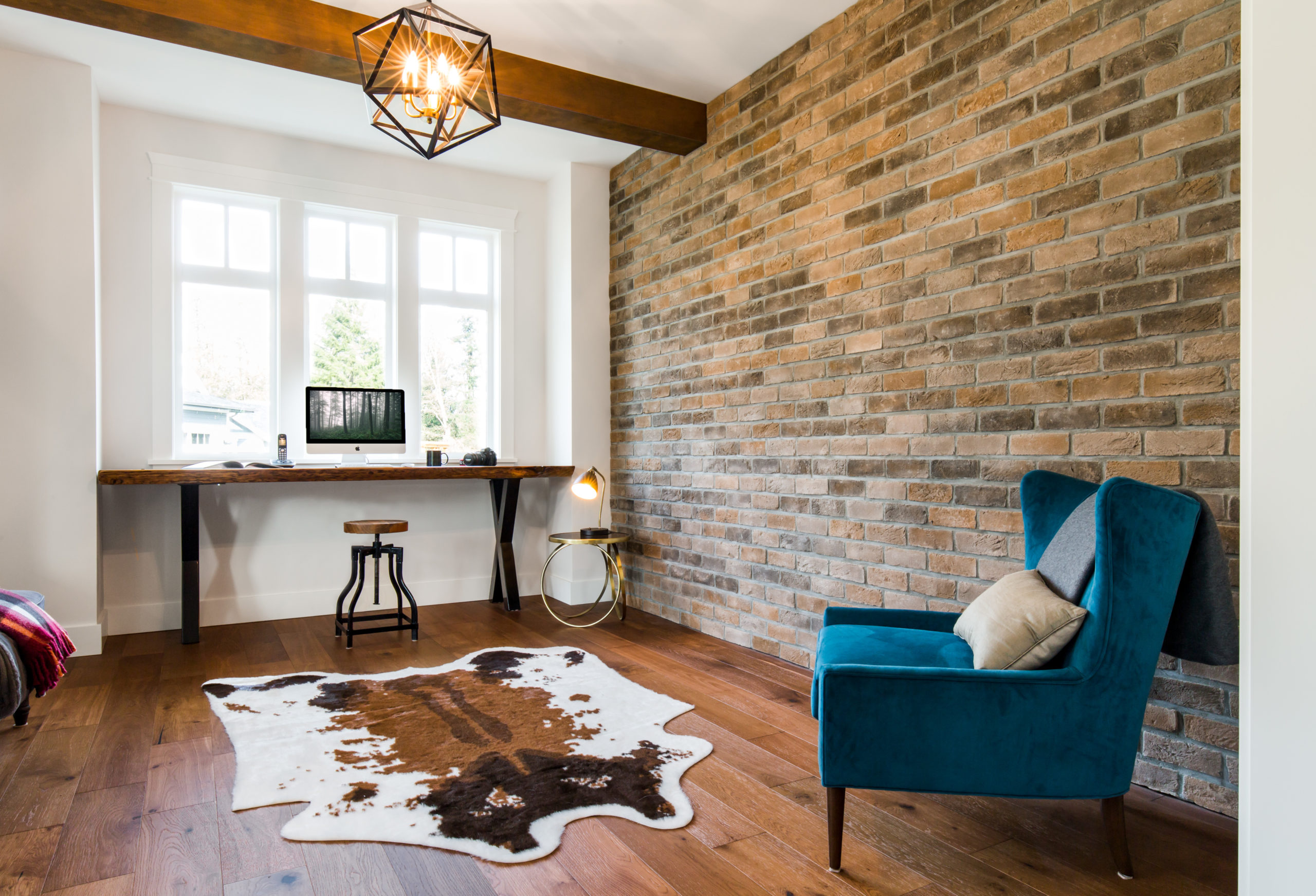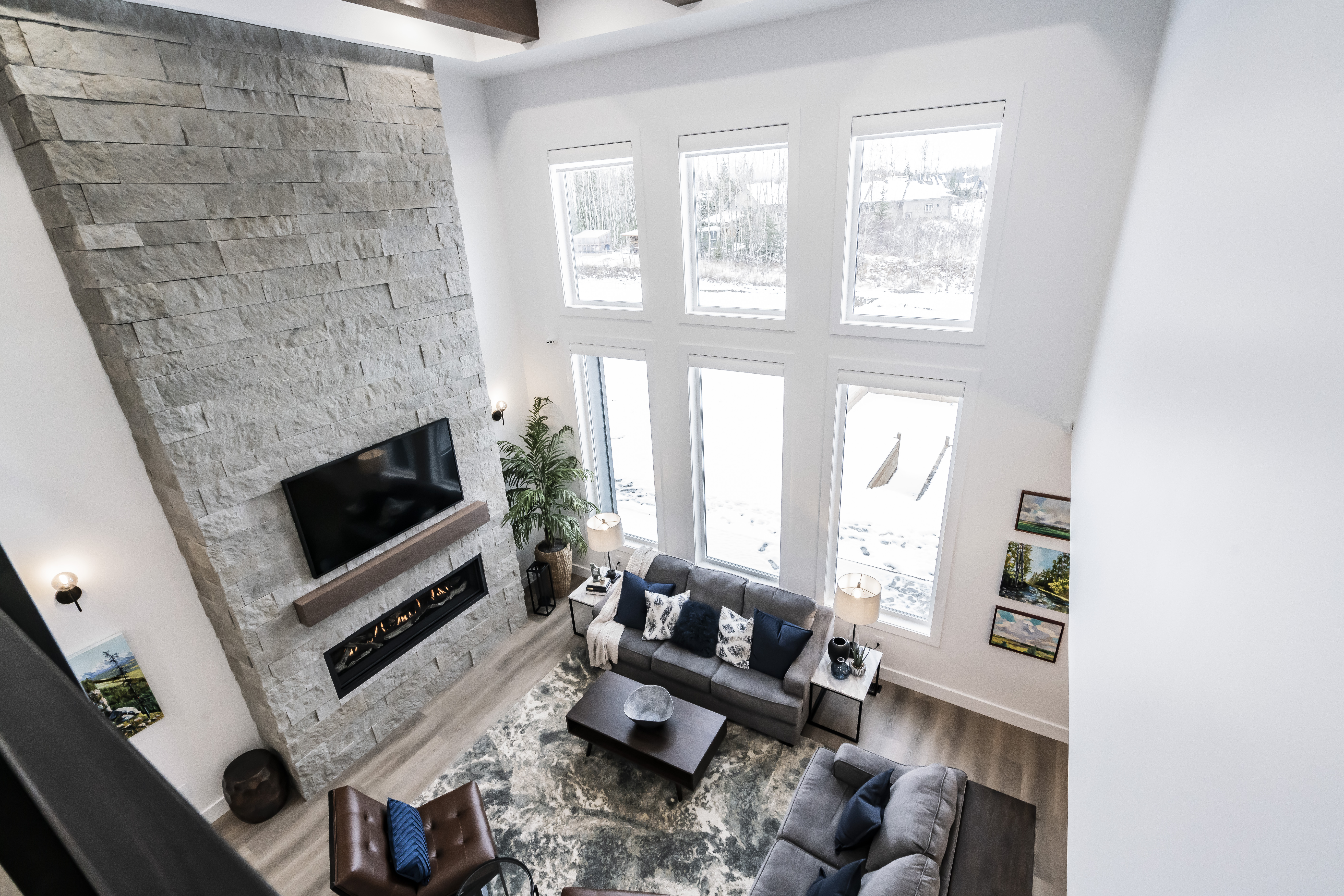
Throughout the ages, writers and artists have embarked on new creative projects with a keen awareness of their own limitations and their need for inspiration. In classical Greece, poets would often include an “invocation of the Muse” in the beginning of a new piece of writing to request insight, wisdom and guidance from a higher power.
Artistically minded people of all cultures and every level of training still seek to channel some form of transcendent or even supernatural creativity today. Whether they are longtime practitioners in a specific medium or jack-of-all-trades experimentalists, creatives of all ages and backgrounds feel the need to create room for “the Muse” to emerge in their artistic spaces at work and within the home.
Chasing the Creative Spark
Whether you’re a visual artist, designer, graphic illustrator, writer or other form of creator, chances are you’ve tested a variety of settings to find the perfect fit for your artistry to unfold. If you’re still in search of a “Goldilocks” space to enable your most evocative outbursts of creativity yet, perhaps the time has come to shape such a space for yourself.
Here are a few design recommendations to help channel your energy to its utmost impact:
Dramatic Depth for Visual Artists
There’s often nothing that limits a visual artist faster than a drab and uninspiring creative space. While a few creatives might thrive within a “blank canvas” environment of empty walls, most find their juices flowing faster and stronger while surrounded by visual stimulation.
To empower your visual artistry, one of the best steps you can take is to design a multilayered space with a dramatic sense of depth. From the minute details of what you permanently put on the walls to the use of an ever-evolving display of mock-up sketches and other reference materials, leave nothing to chance. Emblazon your walls with timeless texture by selecting surfaces with stunning relief patterns such as wood, stone or marble. Then, layer in a few multifaceted and colorful pieces that speak to you in a personal way, such as mosaics, murals and stained glass displays.
Most importantly, keep close watch over the way light and shadow interact in the areas where you’ll do your work. Nothing sets the mood for creativity quite like the ambient lighting (or intentional lack thereof) within a space.

Analog Aesthetics for Digital Designers
One of the most harmful ways we can strain our sense of sight is by staring at screens all day long. This is a particular risk factor for graphic designers, animators, architects and other artists working within virtual environments. Fortunately, there are a number of ways to mitigate the effects of eye strain in a predominately screen-based artistic environment.
In addition to tech-based solutions such as blue-light-blocking eyewear, screen filters and device-based “dark mode” display settings, the very design of your space can also have a positive influence on your eyes. Provisioning your studio with varied lighting options will help you accommodate for any number of necessary “strain breaks” throughout the day, and many digital artists also prefer a “dark room” option for periods of concentration, requiring them to hyper-focus on the intricate details of a scene.
It’s also important to maintain some form of connection to the outside world to keep your physical senses grounded. Greenery, artwork and various biophilic (i.e. natural and nature-inspired) components will all do the trick.

Acing the Acoustics for Writers
Writing is another creative pursuit that produces intense eye strain for a wide range of linguistic artists, from poets to playwrights and bloggers to speech writers. In many ways, however, the risk of eye strain may be lower for this group. While most writers utilize digital tools to finalize their work, they also have a number of time-honored methods for recording their thoughts with pen on paper, or perhaps even by dictation.
Given the cerebral nature of writing, the key to shaping an effective workspace for writers could lie in another modality entirely: namely, by maximizing the soundscape. By designing your writer’s room for acoustic stimulation, you can inspire a pattern of mental activity for hours of deep focus. This is accomplished via an intricate mix of sound-amplifying hard surfaces, such as stone or brick, and various sound buffers, such as fabrics and textiles.
It’s no wonder that many writers favor the acoustics of a local coffee shop for sensory stimulation. With the right approach to soundscape design, your home can provide the same level of sonic sophistication while giving you direct control over the volume.

Cracking the code of creativity is different for all of us. It should come as no surprise, however, that most of our best work tends to be grounded in our physical senses, regardless of the creative medium we use for expression. By aligning our physical environments for optimal artistic flow, we can each take one giant leap forward into the ethereal space of creative exploration and expression.
In today’s world, perhaps our artistic environment is precisely the “Muse” we need to do our best work.